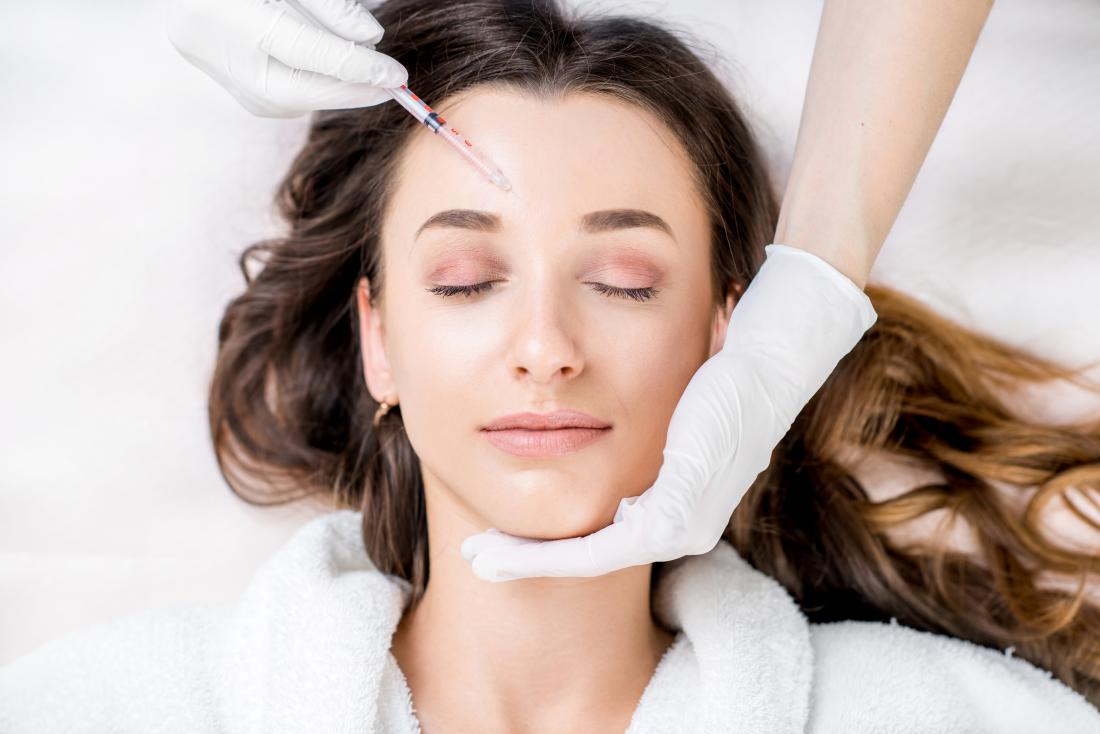Botox, a popular cosmetic treatment known for its ability to smooth wrinkles and fine lines, has become a staple in the beauty industry. However, some individuals may experience what is known as Botox resistance. In this comprehensive guide, we’ll delve into the concept of Botox resistance, its causes, and how to manage it, ensuring you’re well-informed about your Botox treatments.
Understanding Botox Resistance
What Is Botox Resistance?
Botox resistance occurs when a patient’s body develops antibodies against the botulinum toxin, rendering the treatment less effective or ineffective over time.
How Common Is Botox Resistance?
While relatively rare, Botox resistance is a real phenomenon affecting a small percentage of patients, often due to factors like genetics or frequency of treatments.
The Science Behind Botox and the Body’s Response
Botox works by blocking nerve signals to muscles, preventing them from contracting. The body can sometimes recognize the injected toxin as a foreign substance and create antibodies against it.
Book A Consultation With Dr Tarek Bayazid
Top-rated Plastic Surgeon For Botox in Dubai
Causes of Botox Resistance
Extended Botox Use and Immunity
Repeated exposure to Botox can sometimes lead the immune system to produce neutralizing antibodies, reducing the treatment’s effectiveness.
The Impact of High Dosage on Botox Efficacy
Higher doses of Botox may increase the likelihood of the body developing resistance, as the immune system has more toxin to target.
Accessory Non-Toxic Proteins in Botox Formulations
Some Botox formulations contain proteins that can trigger an immune response, potentially leading to resistance.
Causes of Botox Resistance
| Cause | Explanation | Source |
| Extended Use | Prolonged use may lead to immunity development | Verywell Health |
| High Dosage | Overuse can trigger the body’s immune response | BEAUTY by BUFORD |
| Accessory Proteins | Certain formulations may increase the risk of resistance | Vibrant Skin Bar |
Identifying Botox Resistance
Diagnosing Botox Resistance: Signs and Symptoms
- Diminished results despite consistent treatment
- Shorter duration of Botox effectiveness
- Need for increased dosage to achieve the same effect
The Role of Dosage and Injection Technique
Proper dosage and expert injection technique are crucial in minimizing the risk of developing Botox resistance.
Managing Botox Resistance
Strategies to Overcome Botox Resistance
- Rotating between different brands of neurotoxins
- Adjusting the dosage and frequency of treatments
- Taking breaks between Botox sessions
Alternatives to Botox: Dysport and Other Neurotoxins
Patients experiencing Botox resistance may find success with alternative neurotoxins like Dysport, which has a different formulation.
Adjusting Botox Protocols with Dr. Tarek
Dr. Tarek can provide personalized advice on adjusting Botox protocols to manage resistance and maintain desired results.
Botox and Aging
The Natural Aging Process and Botox Effectiveness
As we age, changes in skin elasticity and muscle tone can affect how Botox works, necessitating adjustments in treatment plans.
Updating Your Injectables Protocol with Dr. Tarek
Regular consultations with Dr. Tarek can ensure your Botox treatments evolve with your aging skin for optimal results.
Botox Side Effects and Complications
Can Your Body Reject Botox? Understanding Adverse Reactions
While not common, the body can have adverse reactions to Botox, ranging from mild redness to more serious immune responses.
Botox vs. Dysport
Is Dysport a Suitable Alternative for Botox Resistance?
Dysport, with its unique protein structure, may be less likely to cause resistance in some patients and can be an effective alternative to Botox.
Botox for Medical Conditions
Botox for Overactive Bladder: Benefits and Considerations
Botox is not only for cosmetic use; it can also treat medical conditions like overactive bladder, with specific considerations for resistance.
Neurogenic Lower Urinary Tract Dysfunction and Botox Treatment
Botox has shown effectiveness in treating neurogenic lower urinary tract dysfunction, offering relief for patients with this condition.
FAQs on Botox Resistance and Efficacy
Conclusion
Summarizing Botox Resistance and Prevention Strategies
Understanding Botox resistance is key to maintaining long-term results. By recognizing the signs and working with a skilled professional like Dr. Tarek, you can effectively manage and prevent resistance.
Contact Dr. Tarek for Botox Consultation
Let’s Get Started with Your Personalized Botox Plan
If you’re concerned about Botox resistance or looking to start treatments, contact Dr. Tarek for a personalized consultation and expert care tailored to your needs.








Related Posts